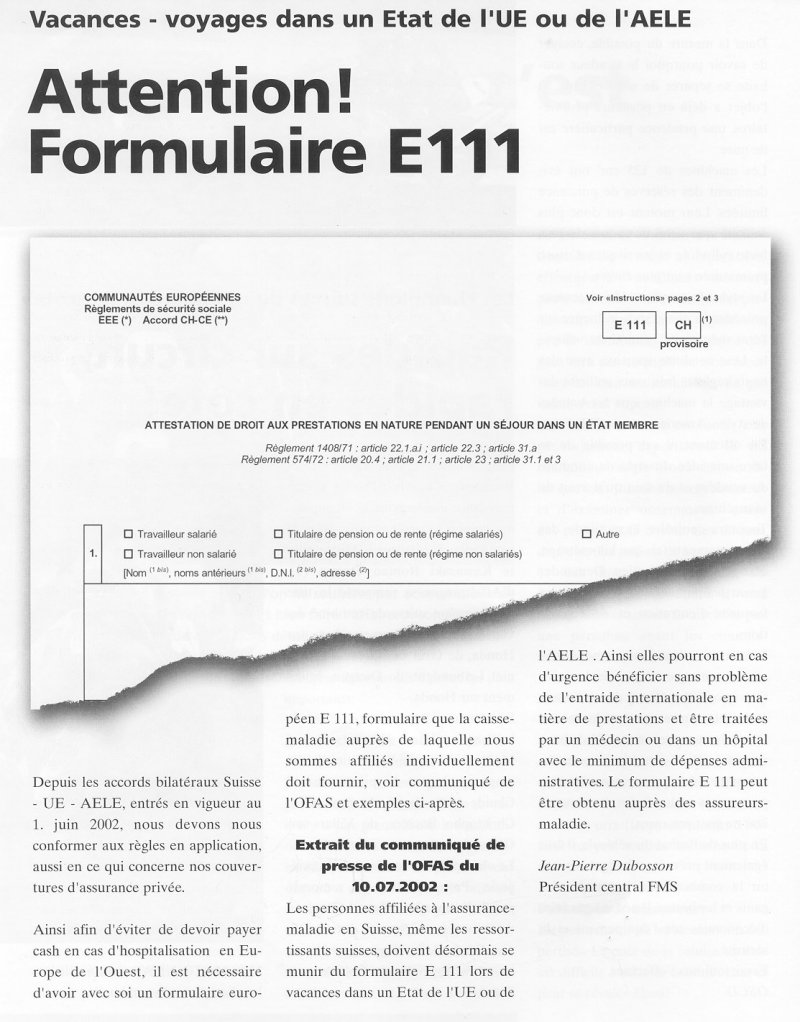ROBERT BALAN ELLIOTT WAVE PRINCIPLE PDF - 31 Jul Elliott Wave Principle Forex by Robert Balan cc94/Dl4All/album4/ This book. 23 Jun Elliott Wave Principle. Applied to the.
The Elliott wave principle is a form of that use to analyze financial and forecast by identifying extremes in investor psychology, highs and lows in prices, and other collective factors. (1871–1948), a professional accountant, discovered the underlying social principles and developed the analytical tools in the 1930s. He proposed that market prices unfold in specific patterns, which practitioners today call 'Elliott waves', or simply 'waves'. Elliott published his theory of market behavior in the book The Wave Principle in 1938, summarized it in a series of articles in Financial World magazine in 1939, and covered it most comprehensively in his final major work, Nature's Laws: The Secret of the Universe in 1946. Elliott stated that 'because man is subject to rhythmical procedure, calculations having to do with his activities can be projected far into the future with a justification and certainty heretofore unattainable.' The empirical validity of the Elliott wave principle remains the subject of debate.
Elliott's essay, 'The Basis of the Wave Principle', October 1940. The Elliott Wave Principle posits that collective investor psychology, or, moves between optimism and pessimism in natural sequences. These mood swings create patterns evidenced in the price movements of markets at every degree of or time scale. In Elliott's model, market prices alternate between an impulsive, or motive phase, and a corrective phase on all time scales of trend, as the illustration shows.

Impulses are always subdivided into a set of 5 lower-degree waves, alternating again between motive and corrective character, so that waves 1, 3, and 5 are impulses, and waves 2 and 4 are smaller retraces of waves 1 and 3. Corrective waves subdivide into 3 smaller-degree waves starting with a five-wave counter-trend impulse, a retrace, and another impulse. In a the dominant trend is downward, so the pattern is reversed—five waves down and three up. Motive waves always move with the trend, while corrective waves move against it. Degree [ ] The patterns link to form five and three-wave structures which themselves underlie wave structures of increasing size or higher degree.
Note the lowermost of the three idealized cycles. In the first small five-wave sequence, waves 1, 3 and 5 are motive, while waves 2 and 4 are corrective. This signals that the movement of the wave one degree higher is upward. It also signals the start of the first small three-wave corrective sequence. After the initial five waves up and three waves down, the sequence begins again and the self-similar fractal geometry begins to unfold according to the five and three-wave structure which it underlies one degree higher. The completed motive pattern includes 89 waves, followed by a completed corrective pattern of 55 waves. Each degree of a pattern in a financial market has a name.
Practitioners use symbols for each wave to indicate both function and degree—numbers for motive waves, letters for corrective waves (shown in the highest of the three idealized series of wave structures or degrees). Degrees are relative; they are defined by form, not by absolute size or duration. Waves of the same degree may be of very different size and/or duration. • ^ Elliott, Ralph Nelson (1994). Prechter, Robert R., Jr., ed.
Elliott's Masterworks. Gainesville, GA: New Classics Library. Pp. 70, 217, 194, 196. • ^ Poser, Steven W. Applying Elliott Wave Theory Profitably. New York: John Wiley and Sons.

• ^ Frost, A.J.; Prechter, Robert R., Jr. Elliott Wave Principle (10th ed.). Gainesville, GA: New Classics Library. Pp. 31, 78–85. • John Casti (31 August 2002). 'I know what you'll do next summer'.
New Scientist, p. Poser Applying Elliot Wave Theory Profitably - Page 8 - 2003 - Preview - More editions A subwave is a wave of lesser degree in time and price. All waves, except the tiniest actions (such as would be found on a one-minute bar chart or a tick chart), break down into even smaller waves. This is commonly referred to as the fractal 5 nature of stock price movement. Some scientists have found evidence of fractals in market prices as well, relating the patrems to chaos theory. One of the most common errors I have seen made in applying EWT is to assume that fivewave cycles • Alex Douglas, 'Fibonacci: The man & the markets,' Standard & Poor's Economic Research Paper, February 20, 2001, pp. • Roy Batchelor and Richard Ramyar, 'Magic numbers in the Dow,' 25th International Symposium on Forecasting, 2005, p.
2010-08-01 at • Robert Prechter (2006), 'Elliott Waves, Fibonacci, and Statistics,' p. • Deepak Goel (2006), 'Another Look at Fibonacci Statistics'. 2007-08-11 at the • (2011), • Landon Jr., Thomas (13 October 2007).
The New York Times. Retrieved 26 May 2010 • Robin Wilkin, 2009-12-29 at the The Alchemist June 2006 • Jordan Kotick, The Alchemist November 2005 • Sornette, D., Johansen, A., and Bouchaud, J.P. 'Stock market crashes, precursors and replicas.' Journal de Physique I France 6, No.1, pp. Fisher, The Logical Trader, p. Download nagabuchi tsuyoshi best sora rar files. X (forward) • Neely, Glenn.